High-end goalkeeper gloves are products that have a very high cost and a rather limited lifespan.
But there are a few ways we can try to extend the life of our gloves, especially by taking into account which actions are the most damaging to our gloves and how to minimise the damage.
I will list in order of importance the ways in which the latex of your gloves can suffer external aggressions.
EROSION
The high-end palms are mainly made of natural latex, a product that has an excellent grip on any surface presented by the different types of balls but with very little resistance to rubbing against any element is minimal.
To make a simile with Formula 1, there are two types of tyres, the hard tyre which has little grip in the corners but lasts many laps and the soft tyre, which is very good for qualifying because you have a very fast cornering time due to the grip of the tyre but only lasts a couple of laps before it wears against the asphalt.
How can a top-of-the-range glove erode? There are three main reasons:
- The palm comes into contact with the ground when falling to the ground or getting up from the ground.
- Putting on a glove when the glove on the other hand is already on.
- Continuously pulling up the socks
The second and third points only wear the fingertip area, while the first point wears the base of the glove.
* One of the theories of wear and tear is that it is caused by rubbing against the ball, which is completely false. The surface of the ball is flat and without any roughness, so the erosion it can cause is negligible.
It should be noted that the glove, even with 50% of the thickness of the latex eroded, maintains the same grip as the first day. This is a very important factor to take into account. Many professionals use their worn gloves at the elite level without any problem:
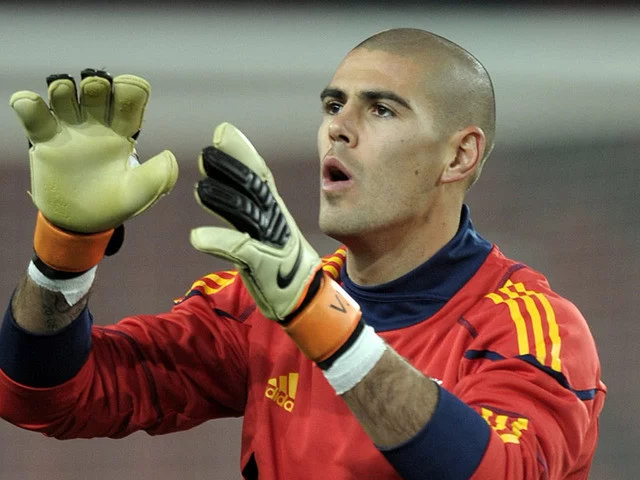
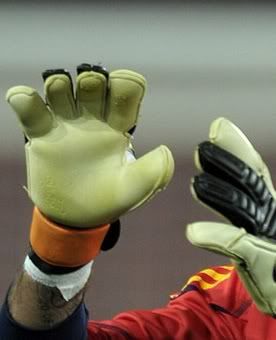
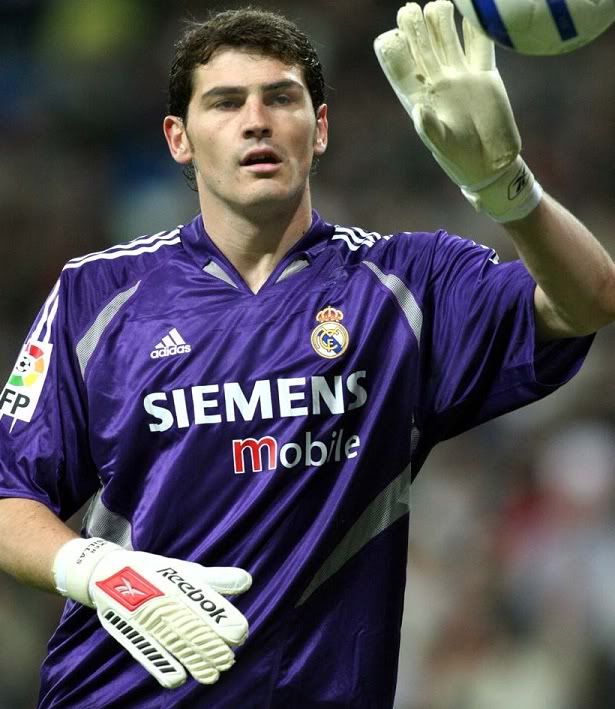
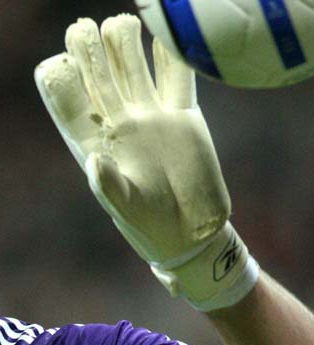
The solution is simple to find, but complete to execute: you have to fall and get up without resting the palms of your hands on the ground. There are falls where this is unavoidable, either because of the speed at which the action has to be executed, or because we fall off balance, etc., etc.
But in habitual gestures it is advisable to rest the fist of the hand on the ground, the forearm or the shoulder before the palm of the glove.
When inserting the hand into the glove it must be done carefully, avoiding the hook-and-loop area which is very aggressive with latex and do it little by little, do not want to pull it in all at once. We also have pullers on the gloves to help you put them in, which we rarely use, but which are perfect for putting your hand into the glove effortlessly.
WATER
Water is, without a doubt, the external agent that deteriorates a glove the most. It is not visible to the naked eye, just like erosion, but it will affect the grip much more. Has it ever happened to you that the palm of a glove is spotless to the naked eye but with a cramped feeling that reduces the grip to a minimum? Well, this is due to poor management of the wet glove.
Although latex is the most aggressive element that can be found in latex, water is necessary for the glove, because dirt on the palm considerably reduces the grip. Also, during matches, wetting the palms increases the grip and if it rains, logically, the gloves will get waterlogged.
So we have to be able to minimise the damage that water does to a glove.
- HOW TO WASH GOALKEEPER GLOVES
If we know that water deteriorates latex, it goes without saying that we should wash it as few times as possible. Sometimes after a game, simply wetting the palms and rubbing one against the other, we manage to remove that layer of superficial dirt (don't even bother to try to remove the greyish colour left by the rubber of the artificial grass pitches, it doesn't come out in any way and it doesn't affect the grip).
In case the glove needs to be washed in depth because it is too dirty and the remains of mud or similar are also harmful for the latex as well as reducing the grip, we will have no choice but to do it. It is very important NEVER TO WASH GLOVES IN THE WASHING MACHINE. They come out shiny, apparently intact... But we have touched the backbone of the glove by machine washing. The layer of foam underneath the latex on the palm that helps cushioning disintegrates. The latex on the dry side has a perfect grip but loses all water absorption, thus turning a high-end glove into a hard terrain glove.
The correct process is as follows:
1. Put both gloves on your hands and wet your palms under the tap.
2. Pour a small amount of glove detergent on each palm. If you do not have detergent, any type of neutral hand soap can be used, but bear in mind that this neutral soap contains a substance that is more aggressive to latex than detergent.
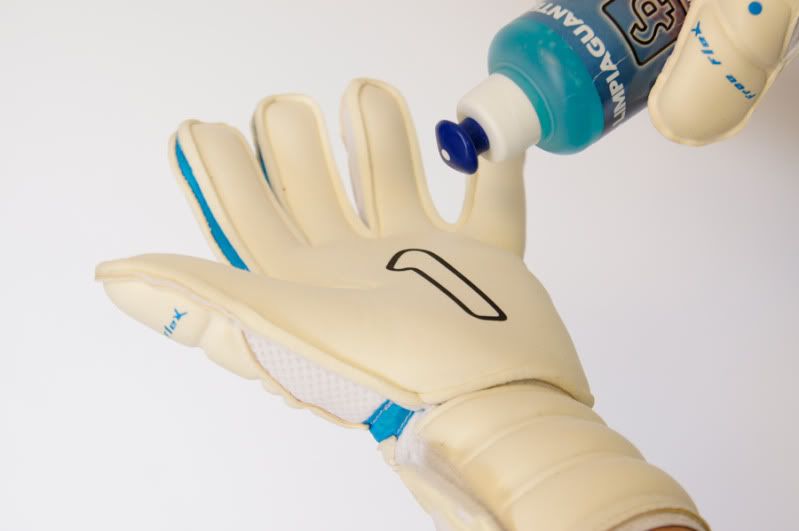
3. Rub one palm firmly against the other so that the detergent spreads and the friction removes all the dirt adhering to the latex (the backs can also be rubbed against each other):
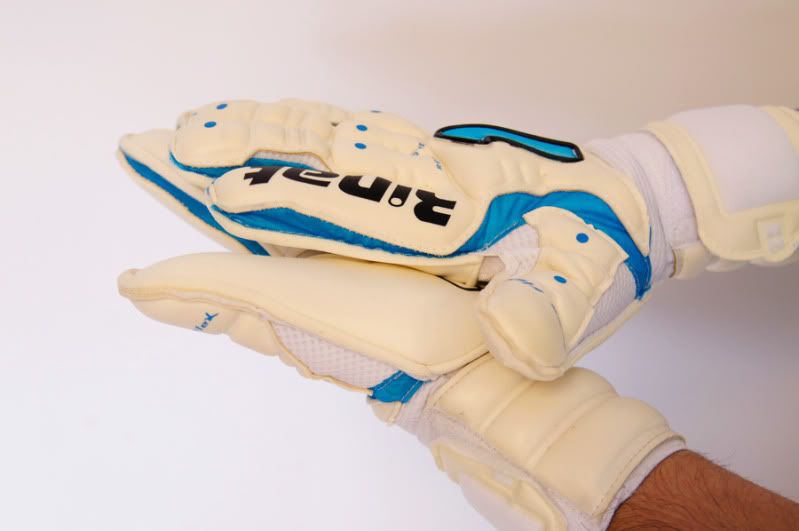
4. Once the dirt has been removed, the detergent should be completely removed from the glove. Now we can soak the glove in water and wring it out until the water is completely free of detergent and dirt. Drain the glove without fear that the glove will get washed or the seams will come out because they are sufficiently resistant. It is also important to evacuate as much water as possible to shorten the drying time as much as possible (if the glove has removable protections, remove them to carry out this step).
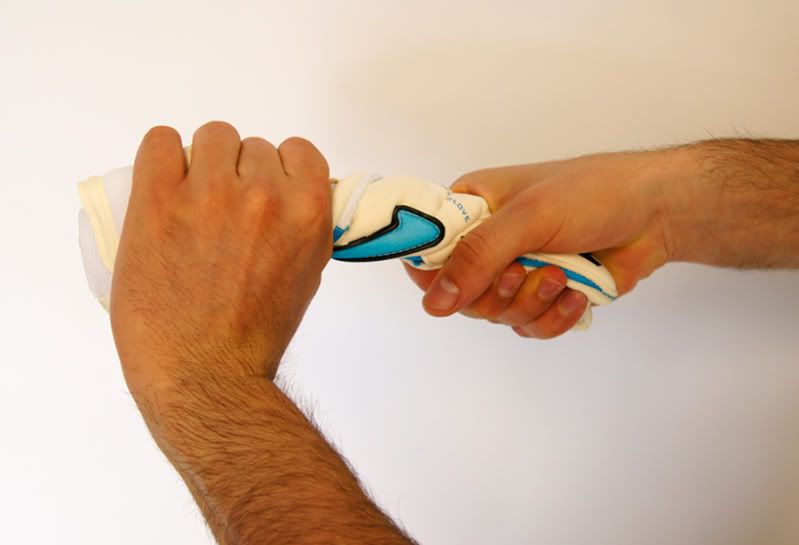
5. Now we come to the moment of drying the glove. Undoubtedly the most delicate and the most important so that washing affects the glove as little as possible. I list the details to be taken care of and the things to avoid:
- Put a couple of sheets of newspaper inside the glove (newspaper is super absorbent and will help dry the inside of the glove as quickly as possible).
- Hang the gloves in a dry place (in the bathroom, for example, there is always humidity and the drying process takes longer than usual), ventilated (not in a cupboard) and away from direct sunlight or heat sources (avoid open-air tents, radiators or dryers of any kind).
6. Once we know that the glove is completely dry, we should store it in such a way that we know that it can be stored for long periods of time without being damaged. Latex sticks to itself, so you need to protect the thumb which, as it is usually folded, sticks to the palm. The best way to do this is to cut out a piece of paper that acts as a barrier between the latex on the palm and the latex on the thumb. Once the glove is in place, we put it in its plastic case and store it in a place protected from external agents, for example a cupboard or a drawer.
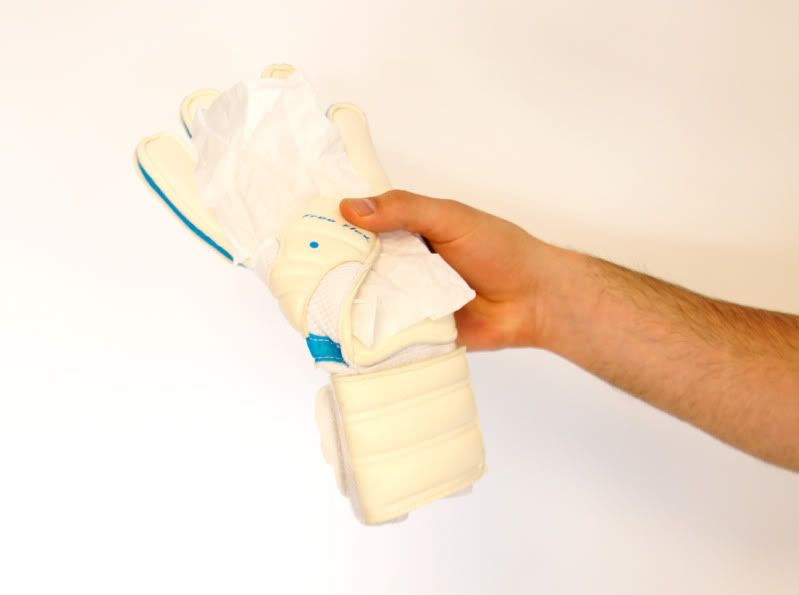
SPITTING ON THE PALMS
- At Fútbol Emotion we have developed an Adhesive Spray. It is a liquid without any chemical agent so as not to damage the latex and more viscous than water, so that it takes longer to evaporate and makes more contact with the balloon.
- In case we do not have the Adhesive Spray, we can opt for a classic solution such as a bottle of water with which we can wet the palm of the glove throughout the match or training session.

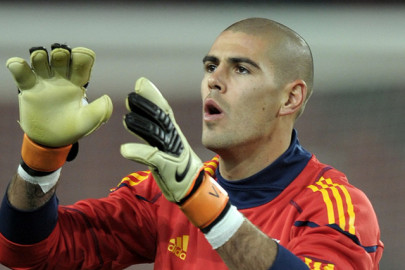
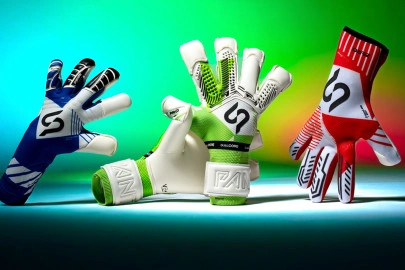

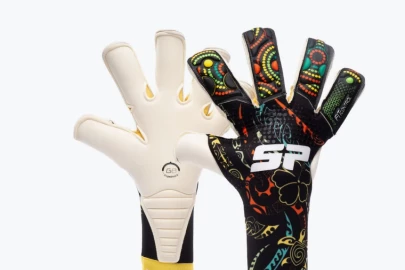
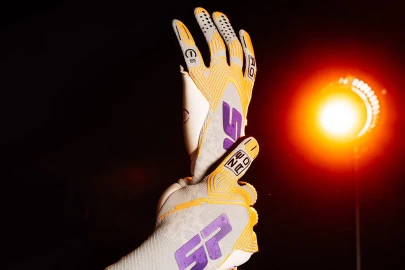
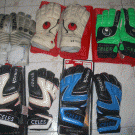

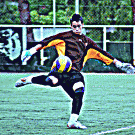


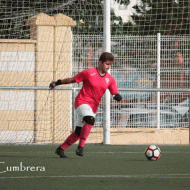

Log in or
create your account
Your best self starts here. Come in and get in your prime